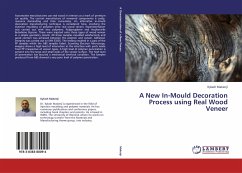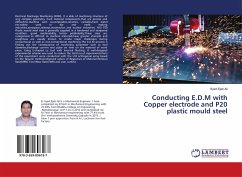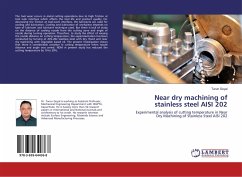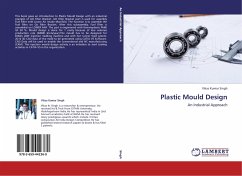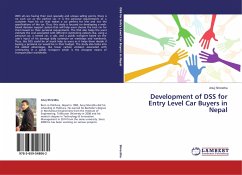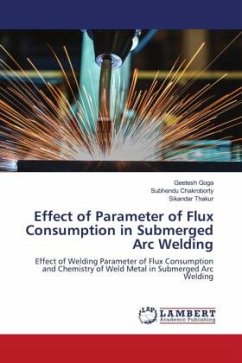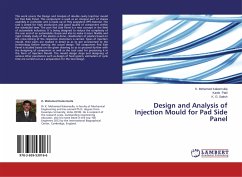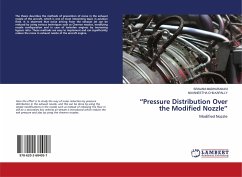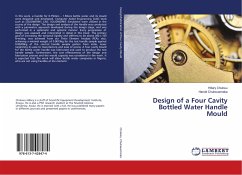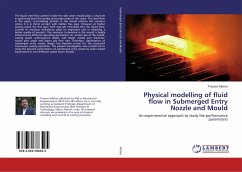
Physical modelling of fluid flow in Submerged Entry Nozzle and Mould
An experimental approach to study the performance parameters
Versandkostenfrei!
Versandfertig in 6-10 Tagen
47,99 €
inkl. MwSt.

PAYBACK Punkte
24 °P sammeln!
The liquid steel flow pattern inside the slab caster mould plays a vital role in governing both the quality and productivity of the caster. The steel flow in the upper re-circulating domain in the mould reaches the meniscus where it is in direct contact with molten flux layer. However at higher casting speed the flux layer itself may get entrained into the liquid steel. Control of meniscus turbulence plays an important role in attaining a better quality of product. The meniscus turbulence in the mould is highly influenced by different operating parameters viz. section size of the mould, castin...
The liquid steel flow pattern inside the slab caster mould plays a vital role in governing both the quality and productivity of the caster. The steel flow in the upper re-circulating domain in the mould reaches the meniscus where it is in direct contact with molten flux layer. However at higher casting speed the flux layer itself may get entrained into the liquid steel. Control of meniscus turbulence plays an important role in attaining a better quality of product. The meniscus turbulence in the mould is highly influenced by different operating parameters viz. section size of the mould, casting speed, submergence depth, well depth, nozzle port diameter, nozzle port angle and argon gas flow rate. Therefore, optimization of submerged entry nozzle design has become crucial for the successful continuous casting operation. The present investigation was carried out to study the dynamic performance of submerged entry nozzle by water model experiments in two different scaled down models.



